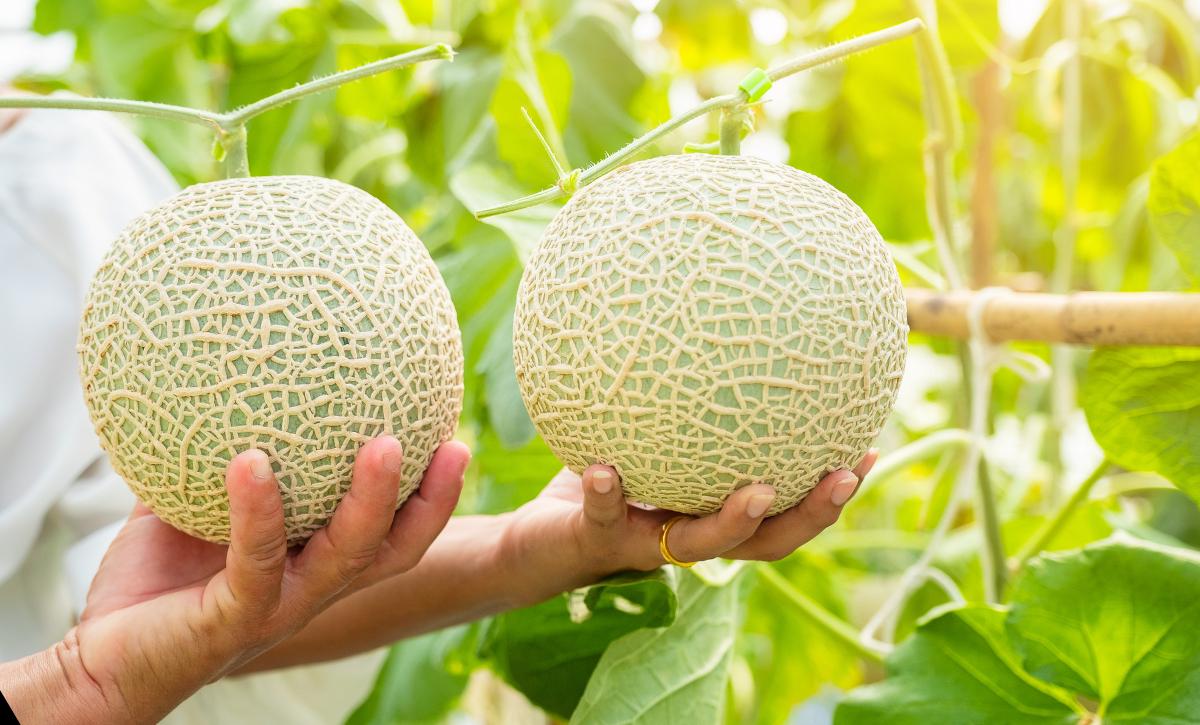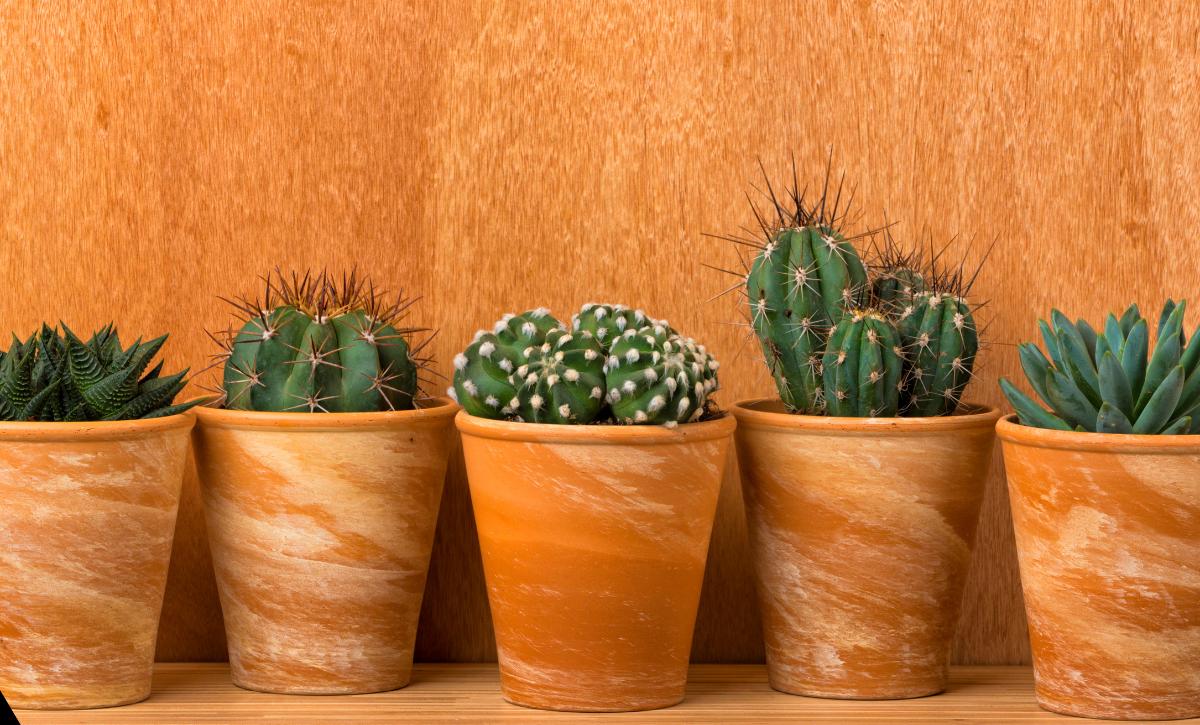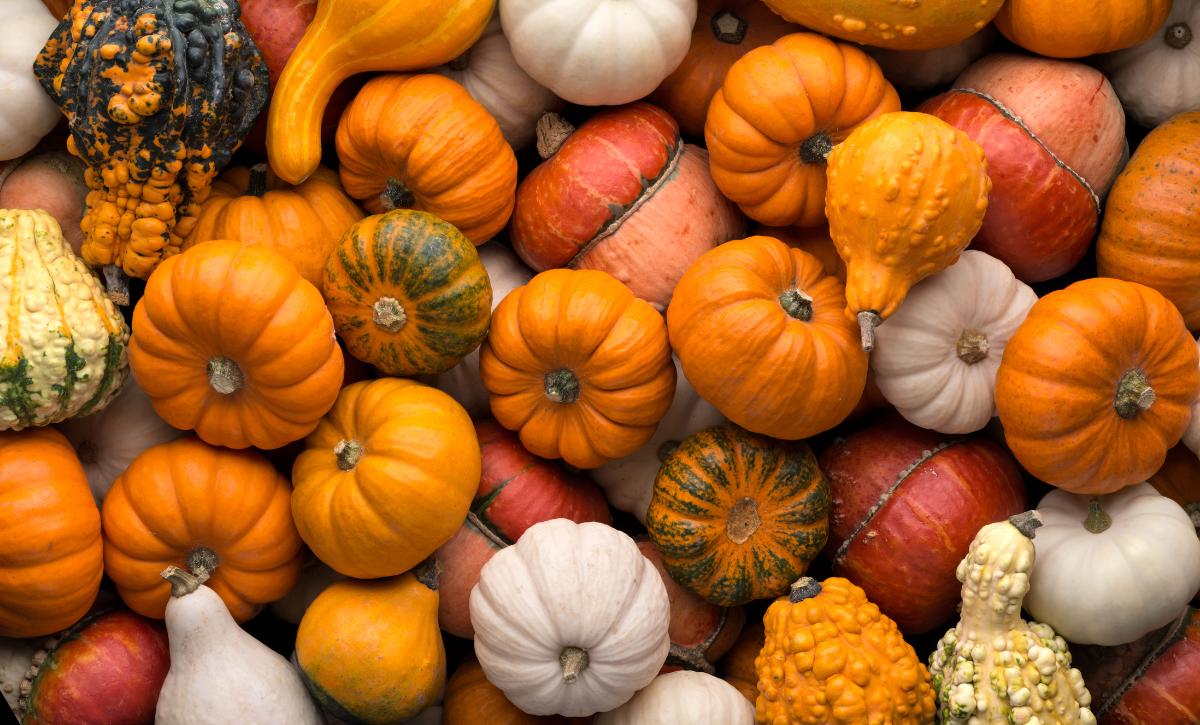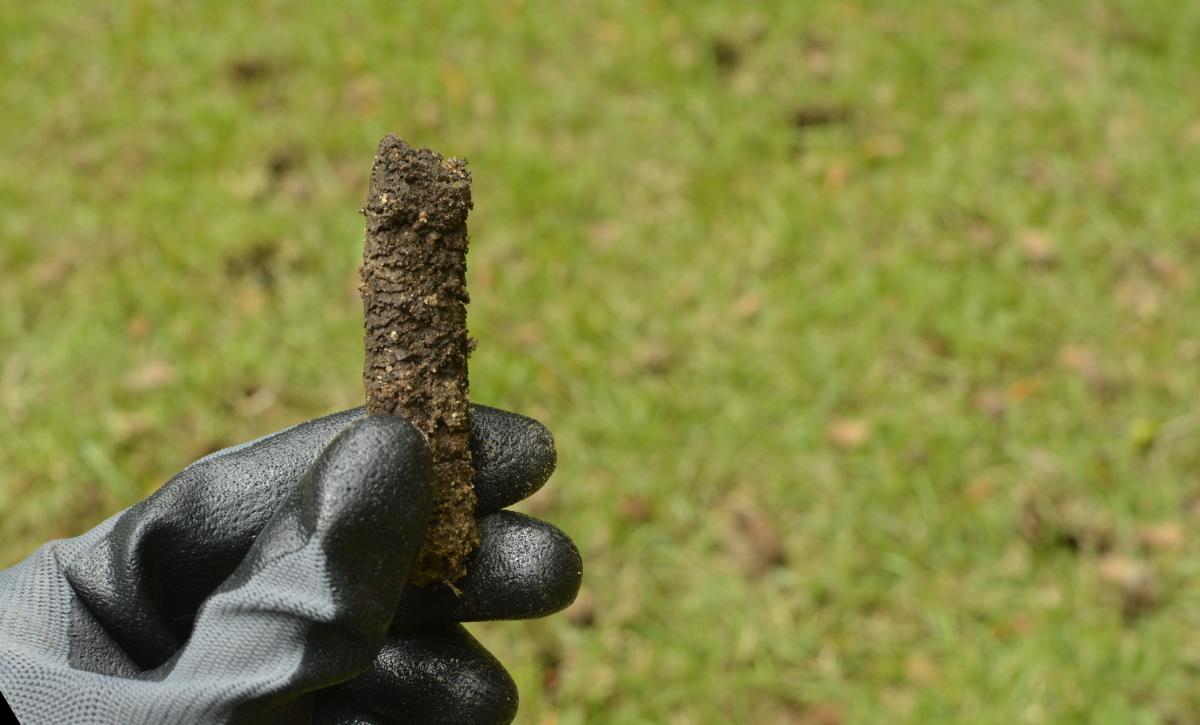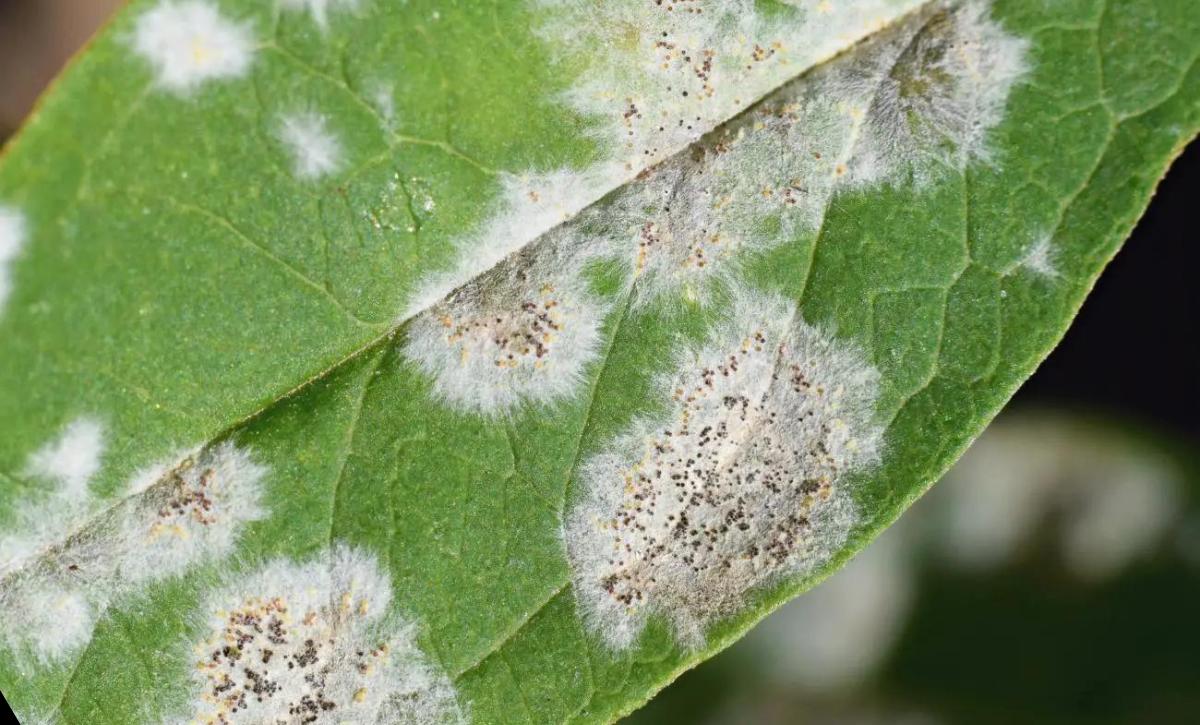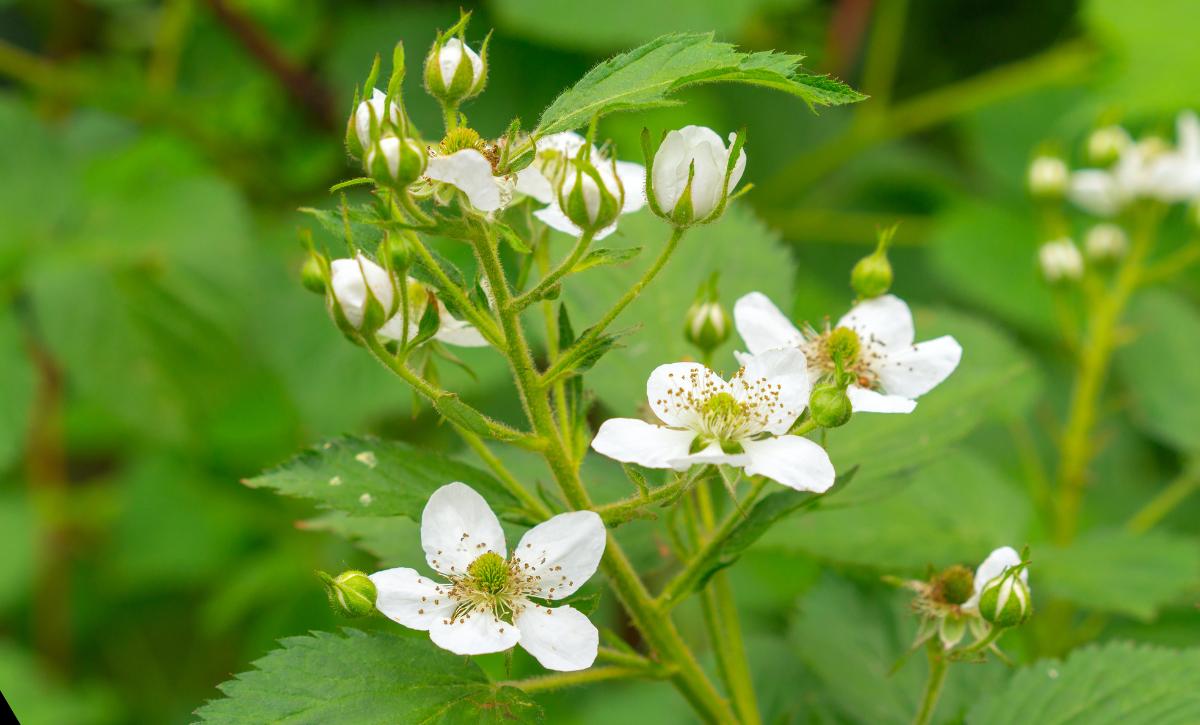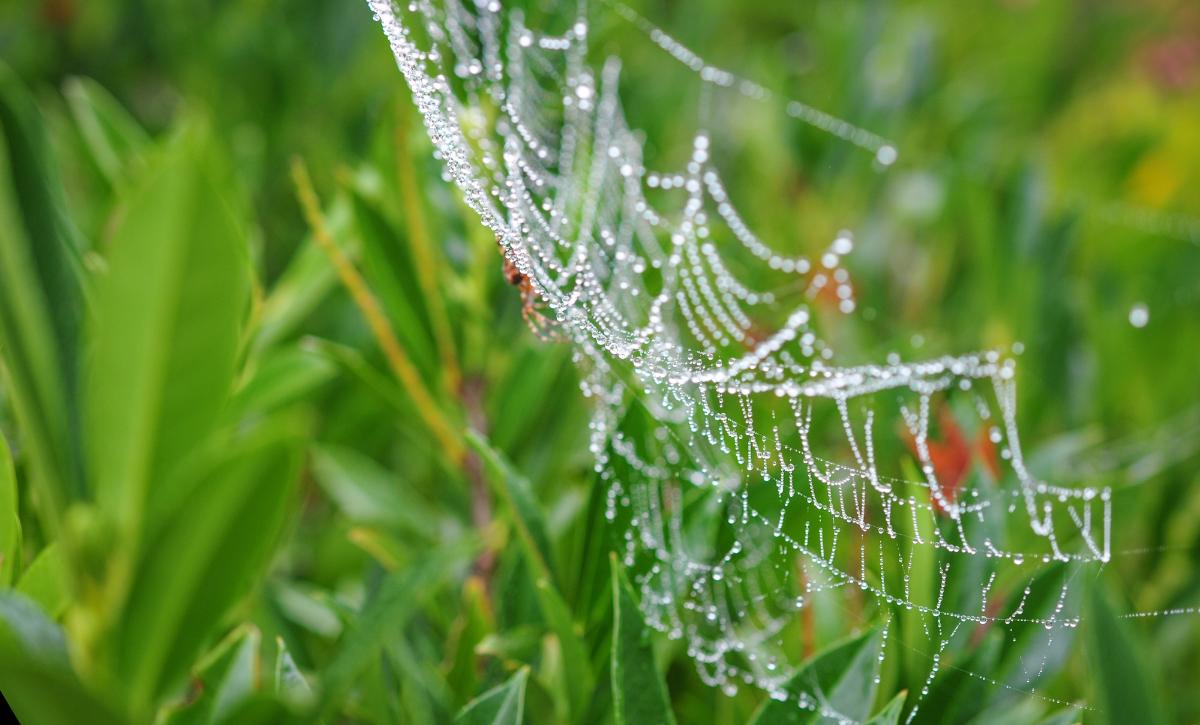Cactus is the king of the desert. This low-maintenance plant can survive even in the harshest and hottest climates. Not only this, but they’re also extremely diverse.
One thing about cacti is that they’re slow growers, way slower even than other succulents. So while they may seem to have retarded growth, they are, in fact, growing just at a very slow rate. You will want to exercise some patience when growing these plants.
The good news is for those looking for rapid results, there are some varieties you can try. This article will explore a list of these fast-growing cactus species.
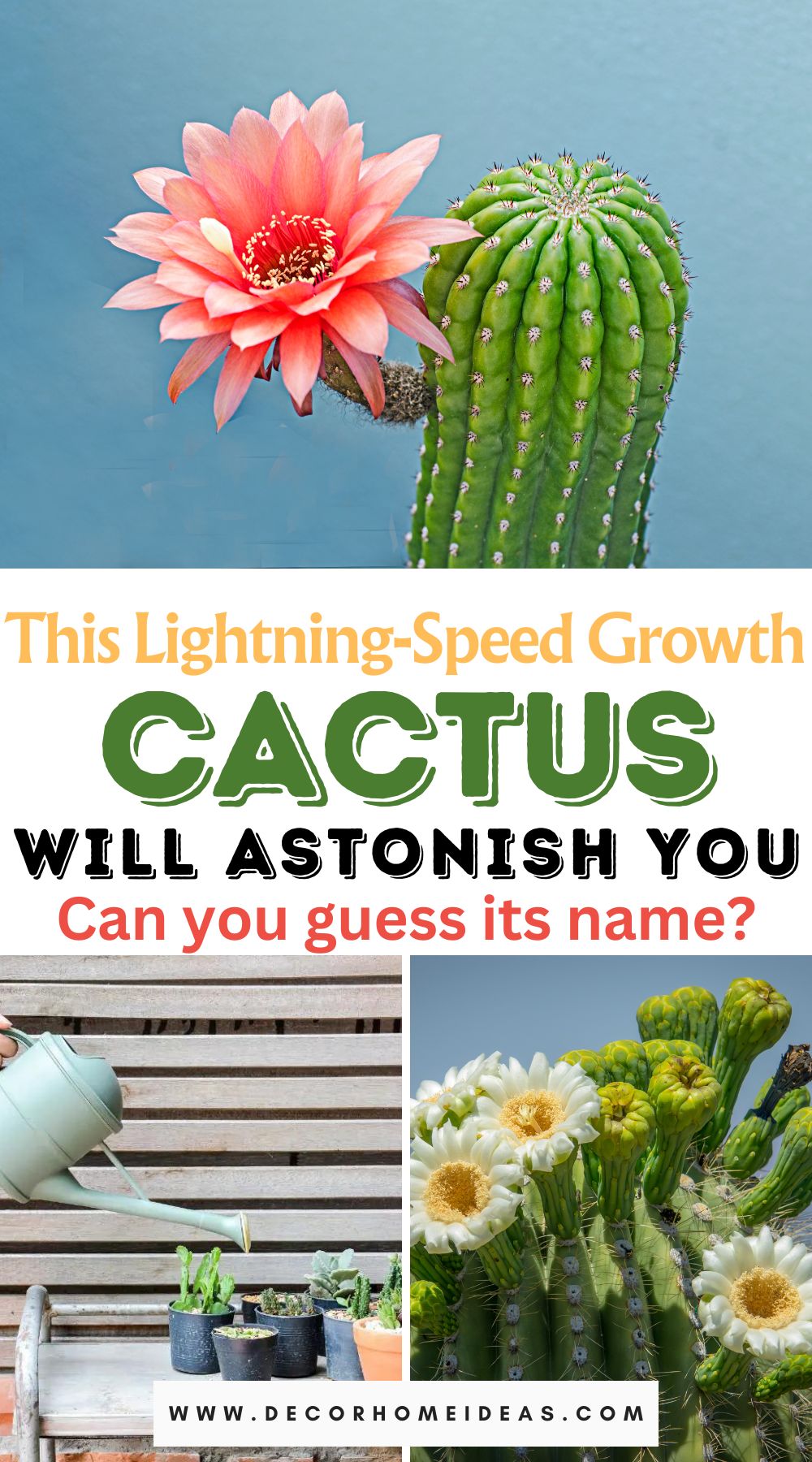
Fastest Growing Cactus Species
There are over 2000 cactus species, which is no wonder you can find varieties with a range of growth rates. The cactus comes from the Cactaceae family, which includes plants such as saguaro.
If you are a cactus enthusiast or looking to see your cactus grow faster, here is a list of the fastest-growing species you can try.
Austrocylindropuntia Subulata
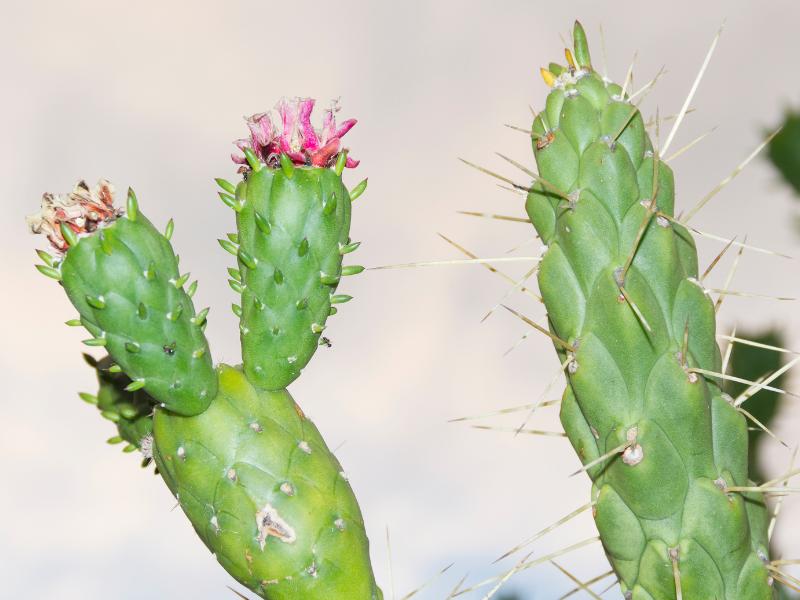
Also known as the Eve’s needle cactus, the Austrocylindropuntia subulata is a succulent native to the Peruvian Andes. It’s one of the best options for a fast-growing Cactus variety.
This plant can grow up to 3 feet in a single year. While it doesn’t get very tall and will rarely exceed 9 feet, its width expands frighteningly fast. For the plant to thrive and grow healthily without impacting other plants, it needs to be well-spaced or planted away from other plants.
The Austrocylindropuntia subulata grows as a shrub with glossy green stems and long elongated branches with curved and fleshy leaves.
The plant blooms to produce pink flowers and egg-shaped green fruits that add to the beauty of this mesmerizing plant.
Pereskia Aculeata
The Pereskia Aculeata has two growth stages that are very distinct. In its early stages, it grows as a shrub, and when it matures, it turns into a climbing vine. This plant is native to South America, West India, and Panama.
The growth rate for this succulent is about 3 feet per year, and when provided with the right conditions, it can grow to about 30 feet.
In some regions of the world, the Pereskia Aculeata is considered invasive, but it produces edible fruits commonly known as the Barbados gooseberry.
Epiphyllum
Native to Mexico and Central America, Epiphyllum is a vining succulent with a growth rate of approximately one foot per year. Under optimal growing conditions, this rate can increase to up to 3 feet per year.
Also known as the Dutchman’s pipe cactus, the epiphyllum has waxy oval-shaped leaves and blooms to produce white, yellow, and pink flowers. The fruits of the plant also come in a variety of colors, such as orange, yellow, or red.
Its fast growth rate and vining habit make this plant invasive in some parts of the world.
Opuntia (Prickly Pear Cactus)
This prickly cactus variety is common and native to Central Mexico. The Opuntia cactus variety has great significance in the commercial food production section. The plants have become a means of livelihood for many people, but they are also invasive and a great environmental concern in other parts of the world.
This cactus type can grow up to 30 inches per year.
There are several varieties of the prickly pear cactus, but the most common variety for consumption is the Opuntia ficus-indica. While the fruits are a delicacy in many parts of the world, harvesting them is challenging due to the glochids and spines on the pads and fruit.
You must carefully cut and remove the spines and hairs from the pads during harvesting. The fruits can either be consumed raw or you can cook them with the various available recipes.
Cylindropuntia
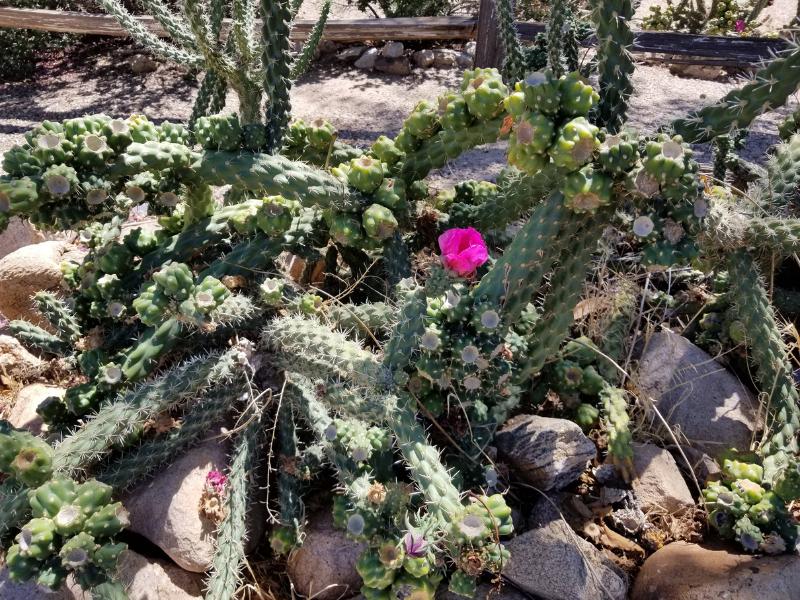
The Cylindropuntia is a distinct genus of the cacti plant that consists of about 20 plants and is native to Mexico. These plants are shrubby and are viewed as the groundcover variety of cactus plants, but they can also grow into trees.
The growth rate of this cactus variety is 15 inches per year.
Sometimes, there may be confusion in identifying the Cylindropuntia cactus plant since it was previously classified under the Opuntia subgenus but has since been changed. However, you can find some Opuntia types known as cholla cacti.
The cholla cacti type is prevalent in Mexico and the southern United States. One of the common names of this succulent is jumping Cholla since it can jump at you. “Jumping” refers to the stems attaching to you as you touch them.
Even though this is an exciting feature, you should be careful when handling the plant as you may get pricked by the thorns.
Another famous plant from this genus is the Cylindropuntia spinosior. This cacti, which is native to Arizona and Mexico, produces yellow edible fruits. Growers have successfully made a hybrid of Cylindropuntia spinosior and jumping Cholla and named it Cylindropuntia x kelvinensis.
Trichocereus
Under the right growing conditions outdoors, the Trichocereus may grow up to 10-20 feet. This succulent, also known as the San Pedro cactus, is native to the Sonoran desert.
Trichocereus is preferable to many growers since it can tolerate fairly hard conditions compared to other plants under the Cereus genus. The plant doesn’t need much water or sunlight to thrive.
The growth rate of this cactus plant is about 11 inches per year.
The San Pedro cactus contains a compound known as mescaline, which makes the plant hallucinogenic. This property had made the succulent famous in rituals of peyote.
Hylocereus Undatus
Perhaps you know this fruit by its cooler name, the dragon fruit cactus. The plant is native to Mexico and the Central and southern United States.
This cactus variety can grow up to 15 inches per year and grows as tall as 20 feet.
As the plant grows older, it develops aerial roots that cling to the plant’s surface. As such, these plants are seen as a vining type of cactus. When growing this plant as a houseplant, the best time for planting is during spring.
Patience is crucial when growing the Hylocereus undatus, as the plant will take about seven years to develop from seed to fruit. However, if you use cuttings to propagate your plants, fruition should take about two years.
Cereus Peruvianus
Native to South America, the Cereus Peruvianus is a cactus you can either grow outdoors or indoors as a houseplant. It’s also known as the Peruvian apple cactus.
When grown outdoors in soil, the plant will grow about 15 inches a year. On the other hand, when growing the plant indoors in a pot, it‘ll grow about 4 inches per year.
The good thing about this cactus variety is that it grows in a single column and has a long lifespan. The column can grow up to 30 feet. These columns are bluish-gray-green, with about three to five blades in each column.
What’s more is that the fruits of this cacti plant are edible, and if you happen to find yourself in South America, you can purchase some pitayas, which is the name that they go by.
When fully ripe, pitayas are one of the best fruits you will ever taste!
Pachycereus Pringlei
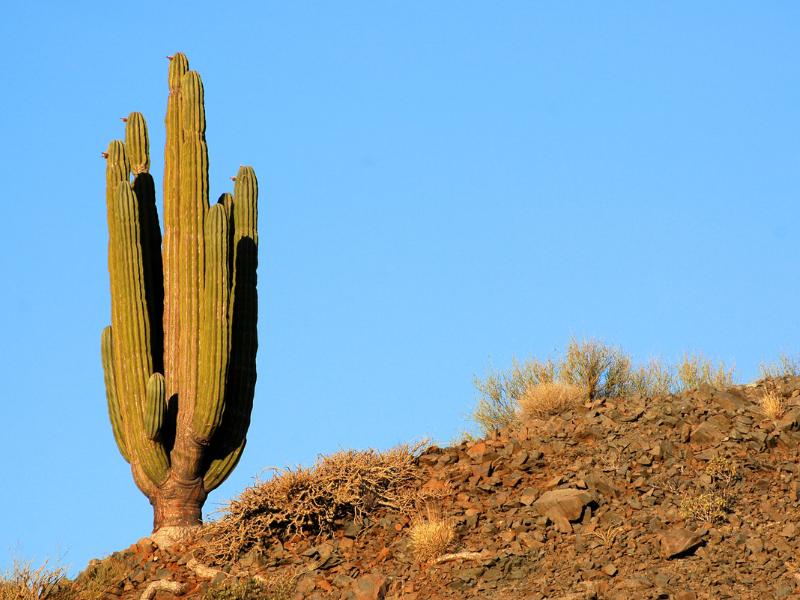
One of the giant varieties of cactus. The Mexican giant cardon cactus is the world’s tallest cactus, and it grows up to 63 feet.
The growth rate per year is about 11 inches, and while it may seem slow, it’s actually quite fast for a cactus, especially considering the height that this variety reaches.
Its ease of maintenance and unique look also make it a good indoor plant but much smaller in this case.
Once it matures, the Pachycereus pringlei produces about 3-inch-long flowers.
Cleistocactus Strausii
Also known as the silver torch, the Cleistocactus Strausii is native to Argentina and Bolivia.
The growth rate in this succulent is about 3 inches per year.
This cactus is one of the most beautiful and mesmerizing plants you can grow. It has slender columns that grow to about 10 feet and silver and blue spines.
The plant will produce burgundy flowers when the column grows to about 18 inches.
The best place to grow the plant is in pots, raised beds, or narrow spaces. To enjoy the mesmerizing beauty of this plant, grow it next to other exotic cacti.
Thanksgiving, Easter, and Christmas Cactus
There are some varieties of cactus that are reserved mainly for holidays. All these varieties grow up to 3 inches per year.
First, there is the schlumbergera truncata, also known as the False Christmas cactus or Thanksgiving cactus. It produces red, white, orange, and pink flowers during Thanksgiving, hence the name.
This plant has fairly even growth where it grows 24 inches long and 2 inches wide.
Another variety of holiday cactus is the rhipsalideae gaertneri. Even though it belongs to the Cactaceae family, this plant doesn’t resemble a cactus. Its native origins are the Brazilian rainforests.
Blooming time for the rhipsalideae gaertneri is during the winter and spring when it produces colorful pink, red, orange, white, and purple flowers. This succulent is easy to grow and will make a good houseplant, even for beginners, since it’s low maintenance.
The easter cactus grows up to 2 feet tall and 2 feet wide.
Lastly, there’s the schlumbergera x buckleyi, which is also known as the Christmas cactus. Like the Easter cactus, it also blooms in winter and produces flowers in a variety of colors, such as white, red, pink, magenta, and purple.
In some cases, the flowers can be salmon, cream, or orange.
The Christmas cactus is a crossbreed of Schlumbergera truncata and Schlumbergera russelliana.
Mammillaria
Another major genera in the Cactaceae family. The Mammillaria genus includes over 200 species and varieties of cactus.
Mammillaria has some of the smallest cactus species that grow from 2 inches to about 24 inches when mature. The growth rate is about half an inch per year, and while it may seem to be slow, it’s quite fast considering the mature size of the plants.
Blooming for plants in this genus lasts for only one week.
Since there are so many cacti from this genus, you can choose flowers to suit your taste from a variety of stunning colors. With over 200 varieties, you’ll be spoilt for choice when it comes to choosing a cactus. Their size also makes them ideal houseplants.
Echinopsis Terscheckii (Cardon Grande Cactus)
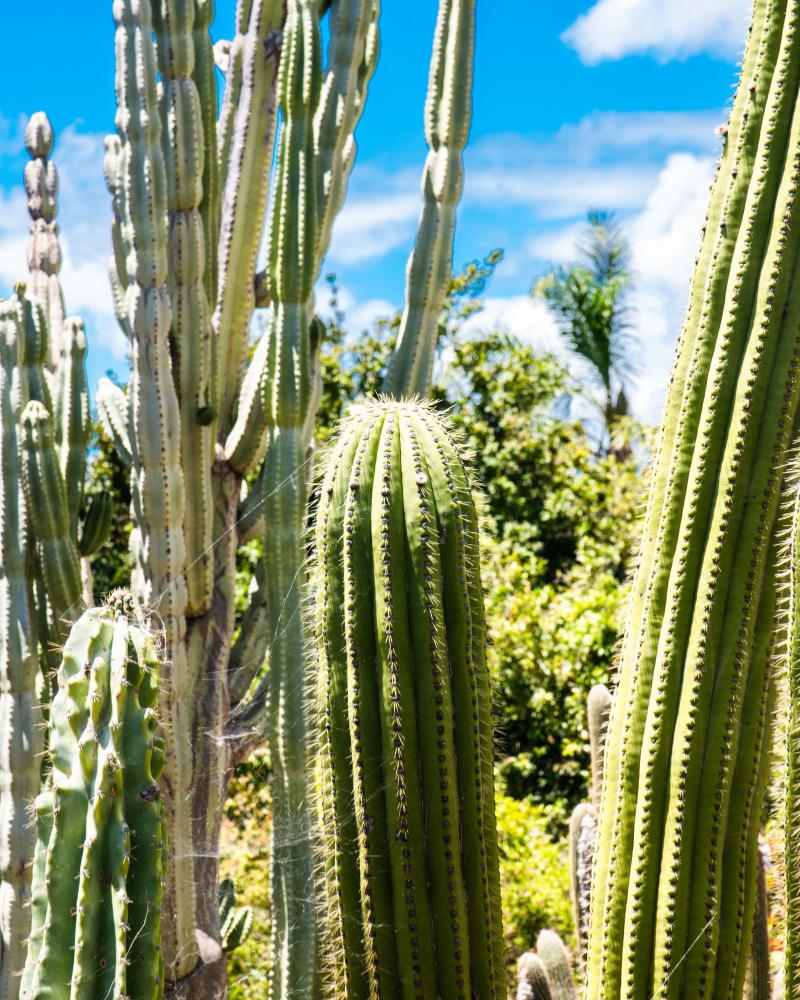
The Argentine saguaro cactus is a fast-growing columnar cactus variety that can grow up to 25 feet or more. This makes it one of the largest cacti under the Echinopsis species.
The growth rate for the cactus is 3 inches per year. When grown as an indoor plant, it can reach a height of 3 feet. The size may be smaller, but if you provide it with the right care requirements, it can even surpass 3 feet.
A mature Cardon Grande Cactus will produce 10-inch branches with 8-14 yellow spines and ribs. Blooming takes place in April when the plant produces spectacular white night flowers 8 inches long and have a beautiful scarlet green outer segment.
If you are a fan of exotic plants, then this cactus should definitely be on your list.
Rhipsalis
This cacti comes from the broader Rhipsalideae family, which has three other genera.
The growth rate for the Rhipalis is 3 inches per year.
One thing that differentiates members of the Rhipsalideae family is that they lack spines and can thrive even in the absence of direct sunlight. Surprisingly, these plants require a lot of water.
They have long, thin, interwoven stems that differentiate them from other cacti species.
Even though they require a lot of water, they are quite hardy, and in their natural habitat, they grow on trees or rocks. When growing them as a houseplant, you’ll have to use a succulent potting mix.
Rhipsalis bloom to produce white and yellow flowers.
How to Make a Cactus Grow Faster
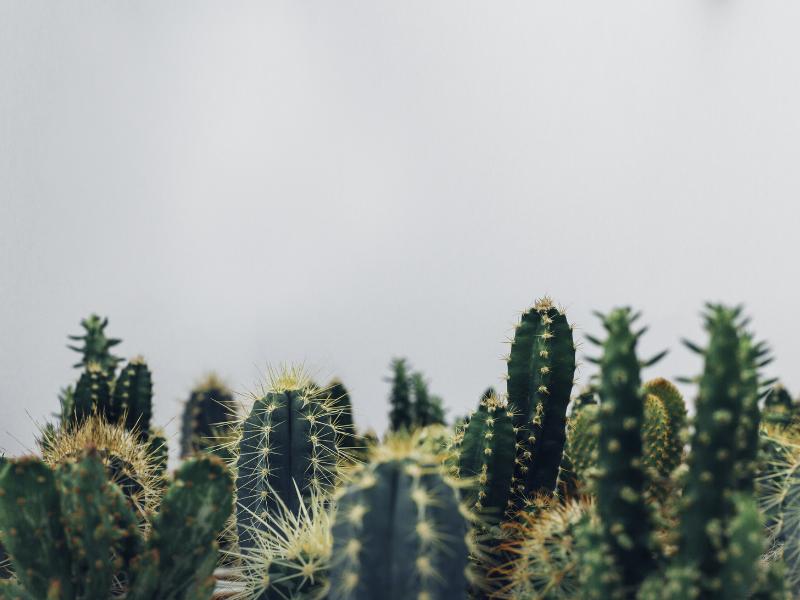
Having a fast-growing cactus is one thing, but learning how to make these plants grow faster could accelerate the growth speed even further.
Each plant thrives when provided with the right growing conditions; the same applies to cacti.
There are several factors you should take into account, such as light, soil, temperature, humidity, fertilization, and watering for your cacti plants to have healthy growth. Additionally, the plant will do even better if you adjust the conditions to accommodate the cactus’s needs.
Here is what your cactus plant needs.
The Right Soil
Before choosing soil to grow your cacti plants in, there are several things you should consider.
First, these plants thrive in well-draining soil. If your soil has poor drainage, there are several materials you can use to improve the drainage, such as perlite, pebbles, and sand.
Secondly, the soil needs to be porous. This means that the soil should have plenty of air spaces. Compact soils like clay tend to retain a lot of water, which may adversely affect the plant.
Finally, the soil you choose for the plant should have plenty of organic matter, which contributes to its nutritional value. Adding materials such as peat moss and coco coir will increase the soil’s nutritional content, which is exactly what your plant needs.
You can skip all these amendment processes by buying ready-made soil that has been designed explicitly for cactus plants.
Right Temperature
The best temperatures for a cactus plant are 70 and 80℉.
During the winter, these temperatures can drop as low as 55℉ since it’s the cool-down period for the plant.
Most cacti plants are used to the extremely cold night temperatures in the desert. Some varieties can tolerate temperatures as low as 35℉, but if you are growing indoor plants that haven’t been exposed to such harsh climates, you should protect them from winter drafts.
Adjust the Lighting
Cacti are desert plants and, as such, need plenty of direct sunlight each day. This plant should be exposed to 4-6 hours of direct sunlight.
However, some forest and desert cacti can’t tolerate high-intensity direct sunlight, which may kill them. One sign that you need to adjust the light level of your plant is when your cactus plant turns white.
Place your plant in a place where it can receive plenty of light. I would recommend a place with plenty of indirect sunlight, such as near a sunny window. The east or south-facing window should be optimal as the plant will receive plenty of filtered sunlight during the summer and direct sunlight during the winter when temperatures are low.
If access to natural light is a problem, then you should invest in grow lights and a light meter. This will ensure your plant can receive rough light and allow you to adjust the light intensity.
Fertilize
Fertilization is unnecessary when growing cacti plants, but adding a little fertilizer will do your plants a lot of good.
When fertilizing, these plants use high-quality fertilizer specifically designed for cactus plants. Avoid using all-purpose fertilizers as they won’t be effective. The NPK ratio in regular fertilizers won’t cater to all the needs of your plant, as cacti plants prefer fertilizers that are rich in phosphorus.
The best time to fertilize these succulents is during the growing season, which is usually in the spring or summer. Fertilize the plant 2-3 times during this period. Never fertilize your cactus plants during winter.
When fertilizing, ensure you follow the instructions on the fertilizer packaging to the letter.
Watering
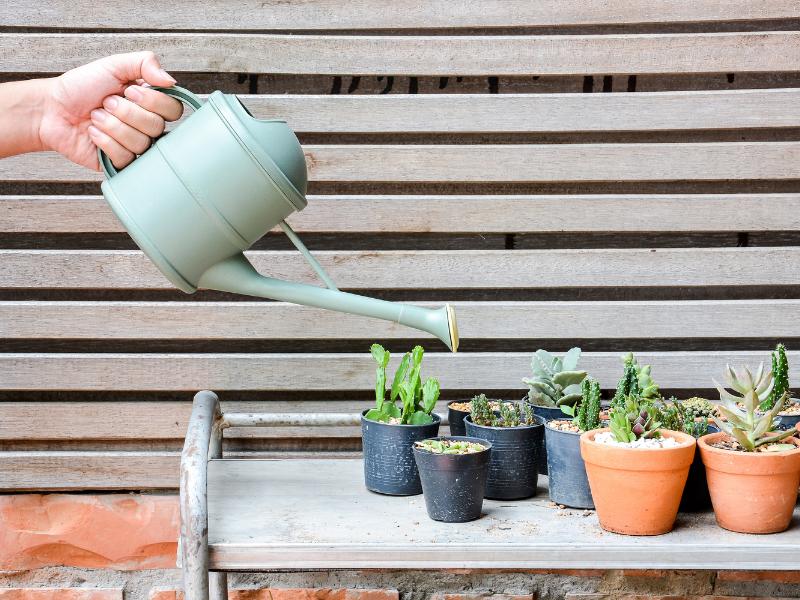
Your cactus plant doesn’t need much watering, but this doesn’t mean that it should be neglected completely. While it may seem quite impossible, cacti plants can, in fact, be underwatered.
However, what you should really watch out for is overwatering the plant. Remember that overwatering cacti plants can slow their growth, which will be counterproductive if you want your plants to grow fast.
Overwatering impacts the plants by clogging the air spaces in the soil; this reduces the oxygen supply and intake in the plant, consequently leading to root rot.
Root rot is one of the common causes of succulents shriveling and dying off, especially if the plant is being grown indoors.
Since active growing occurs during the summer and spring, the frequency of watering should increase during this period. Water the plant thoroughly after every ten days to allow the roots to uptake nutrients from the soil.
Before watering the plant again, wait for the soil to completely dry out. This reduces the risk of waterlogging the soil. The first few inches of the soil should be completely dry before you water the plant. Waterlogged soil causes root rot and may also attract pathogens that may harm your plant.
During winter, cacti plants are in a dormant stage. This means that the plants aren’t actively growing. As such, the watering rate should be reduced to once a month. Reduce the watering frequency to once every six weeks for the desert cactus variety.
Stick your finger in the soil, and if the first few inches are completely dry, it’s time to water your cactus plant. If they aren’t, you should wait slightly longer before watering.
Check Humidity levels
As with other plants, monitoring humidity levels on your cactus is also important. Wholesome succulents need high humidity levels to thrive; this isn’t the case with cacti plants.
In fact, cacti plants will thrive and grow faster under moderate humidity levels.
Why Are Cacti Plants Slow Growers
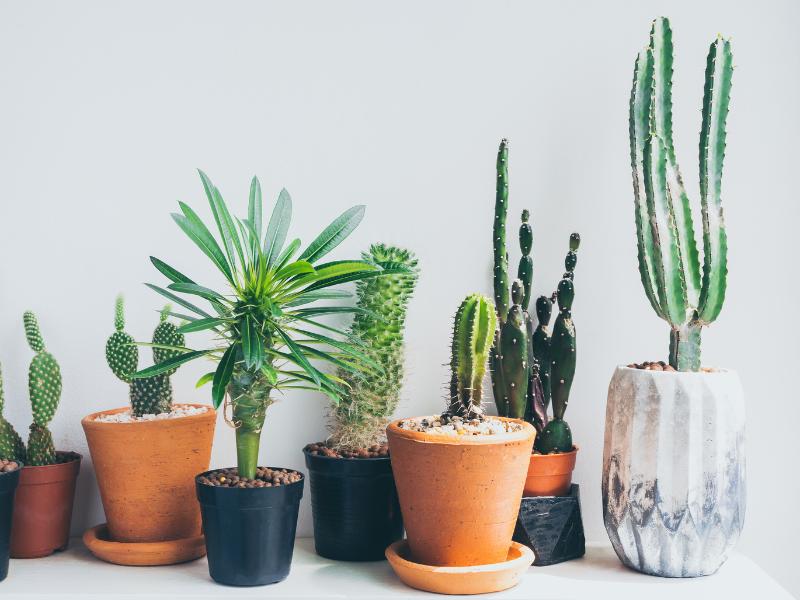
Cacti plants require a lot of patience, so don’t be demotivated even when they seem to be growing slowly. The most important thing is to ensure that your plant is healthy.
The main reason cacti plants grow slowly is that they are adapted to their environment, which usually has soil low in nutrients. Cacti plants have to adapt to this environment to survive.
Additionally, cacti plants lack leaves, so they don’t photosynthesize like other plants. The absence of leaves reduces the amount of sun rays that cacti plants can absorb to grow, and this slows down the photosynthesis process and, consequently, the growth. The amount of chlorophyll on cacti stems is low compared to the amount of chlorophyll in leaves, hence the slow growth.
Growing cacti plants from seeds can give you a better insight into the growth rate of these plants. Propagation through seeds is easy, but you’ll have to be very patient.
In many plants, germination usually takes place after a short period once the seeds have been planted. However, for cacti plants, you have to wait for at least a month before germination happens. There is nothing you can do to accelerate the growth process at this time. But it’s worth the wait.
Fun Facts About Cacti Plants
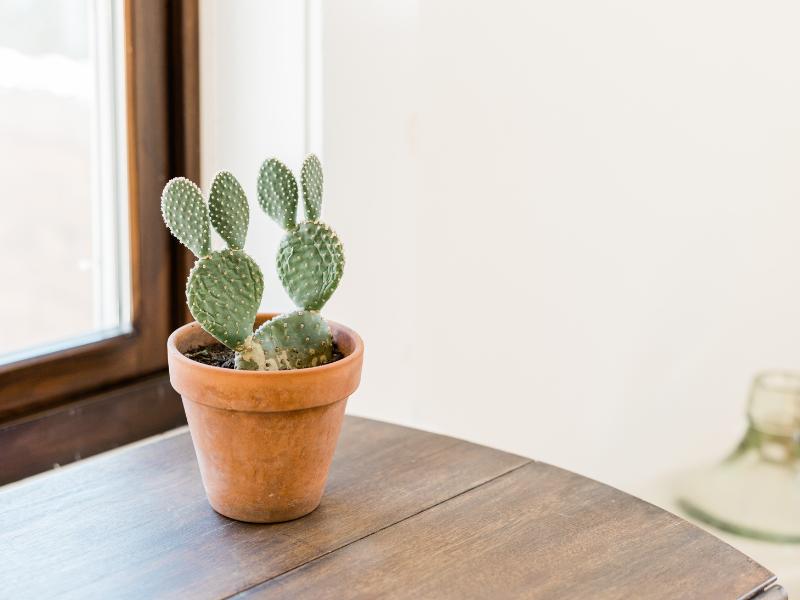
Cacti plants are quite interesting. Here are some fun facts about them.
Cacti plants are one of the most popular plants among growers and gardeners due to their low maintenance. As we have explained before, each variety has a different growth rate.
The most popular cacti varieties are the Easter cactus, golden barrel cactus (Echinocactus grusonii), ladyfinger cactus (from the Mammillaria gents), and saguaro cactus. Another species that may come up when looking for popular cacti is the Euphorbia species, which is succulent and not a cacti species.
The Copiapoa cinerea cactus that’s native to Chile is considered the most expensive cacti. A legit Copiapoa cinerea goes for around $900.
The high prices are attributed to the fact that the plant is on the verge of extinction due to exploitation.
The tallest measured cactus is the saguaro cactus (Carnegiea gigantea), which can reach heights of over 40 feet.
Commonly Asked Questions
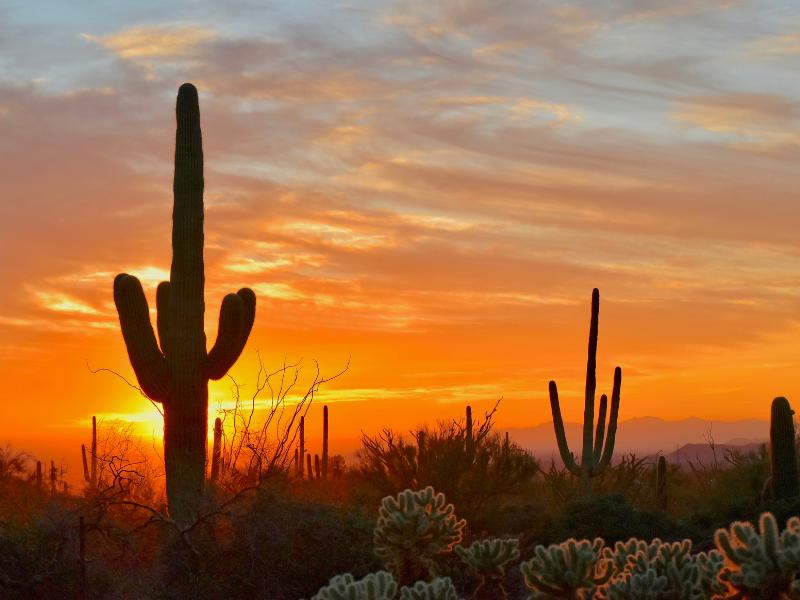
What are the easiest cacti to grow?
Most cacti are easy to grow, but one variety stands out: the barrel cactus (Ferocactus). The only thing you have to pay close attention to when growing this plant is light and watering. Water the plant when the soil dries up and place it in an ideal location, and you won’t have to worry about your plant.
What are the fastest-growing succulents?
The fastest-growing succulents are those with leaves like the Echeveria species, variegated-leaved aeonium sunburst, Crassula species, and the aurora pink jelly bean sedum.
Do cacti grow in water?
While cacti plants may grow in water, they won’t thrive as this isn’t their natural habitat. If you want your plants to thrive, you have to grow them in organic matter. Since cacti plants are susceptible to root rot, growing them in water will multiply this risk. However, you can propagate cacti plants in water and transplant them into the soil once the roots have sprouted.
Summing Up
Their ease of maintenance, price, and availability have made cacti plants some of the most popular house plants. While the growth rate of these plants may be low, their unique appearance will surely add more visual interest to your garden or space.
Patience is crucial when growing these plants as their slow growth rate may sometimes be confused for stunted growth. Luckily, there are some fast-growing varieties you can opt for if you are impatient.
Provide your cactus plant with the right plant care requirements, and you’ll enjoy its mesmerizing beauty for years.


